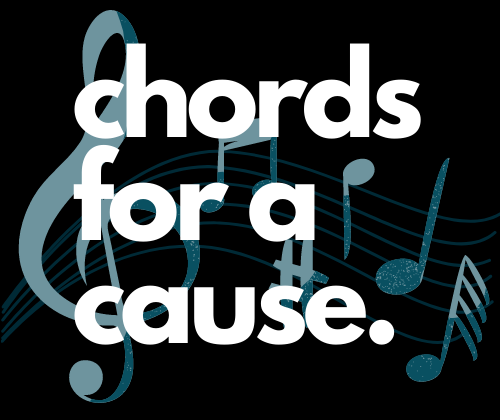The Biology of Singing: Exploring the Intricacies of Vocalization


Singing has been a form of art and expression for centuries. Whether it be an opera aria, ballad, or folk tune, the power of the human voice has been used to tell stories and evoke emotion. But what biological mechanisms lie under the effortless performance of a singer?
Anatomy and Physiology of the Singing Voice
The production of sound relies on a variety of anatomical structures. The larynx is the primary organ utilized in vocal production, however, various physiological processes are required for healthy singing. The larynx houses the vocal folds, also referred to as the vocal cords. These folds are composed of elastic tissues within the larynx. When air from the lungs passes through, they vibrate, which creates sound waves. As pitch changes, the tension, length, and thickness of the vocal folds are affected by several muscles such as the thyroarytenoid and cricothyroid. Additionally, singing requires the control of many other muscles in the body involved in respiration, phonation, and resonance. For breath control, the coordination of intercostal muscles and the diaphragm is crucial. The diaphragm is a large, dome-shaped muscle directly underneath the lungs. During inhalation, it contracts and flattens, allowing for the lungs to expand, and relaxes during exhalation, providing a controlled release of air. The intercostal muscles exist between the ribs and help the ribcage expand and contract to allow for further controlled inhalation and exhalation.
Vocal Register
Male singers possess three main registers, which refer to the different portions of one’s range. These three registers are called the chest voice, head voice, and falsetto. The chest voice is described as the lowest range, with a richer and fuller tone. The vocal folds thicken when a singer switches to this register, producing a more resonant sound. The head voice is characterized by a higher pitch and a lighter sound. This is caused by thinner vocal fold vibrations, as opposed to the thickness in chest voice. Falsetto, which doesn’t exist in women’s singing, is an extension of the head voice, however, the vocal folds are much thinner, and it results in a more flute-like sound. It often takes a lot of practice and guidance to master and is the last to develop in a singer’s career.
In female singing, on the other hand, the three registers used to distinguish these ranges, are called chest voice, middle voice, and head voice. The chest voice is the lowest-pitched register in female singing. It can be characterized by a deep, rich, powerful sound. It resonates in the chest area and is used for belting, a technique in which singers use their chest voice to sing higher pitches. For example, Idina Menzel uses this technique in the song Into the Unknown in Frozen. The middle voice, also known as the mixed voice or passaggio, bridges the gap between the chest and head voice. Often, this register is the hardest for singers to master and requires incredible practice and guidance. The passaggio blends elements of both registers, maintaining a light sound, while remaining rich. The head voice resides in the highest portion of a female singer’s range. It has a lighter, more ethereal tone, as opposed to a rich, powerful sound. It resonates in the head/skull and is used for higher vocal agility and flexibility.
The human voice is a remarkable instrument that is controlled by a vast number of anatomical and biological processes. With the basic foundations, a diverse genre of vocalization has emerged, including opera, pop, and traditional folk music.
Sources
- Sundberg, J. (2001). The science of the singing voice. Northern Illinois University Press.
- Titze, I. R. (2008). Principles of voice production. National Center for Voice and Speech.
- Patel, A. D. (2008). Music, language, and the brain. Oxford University Press.
- Kreutz, G., Bongard, S., Rohrmann, S., & Hodapp, V. (2004). Effects of choir singing or listening on secretory immunoglobulin A, cortisol, and emotional state. Journal of Behavioral Medicine, 27(6), 623-635.

